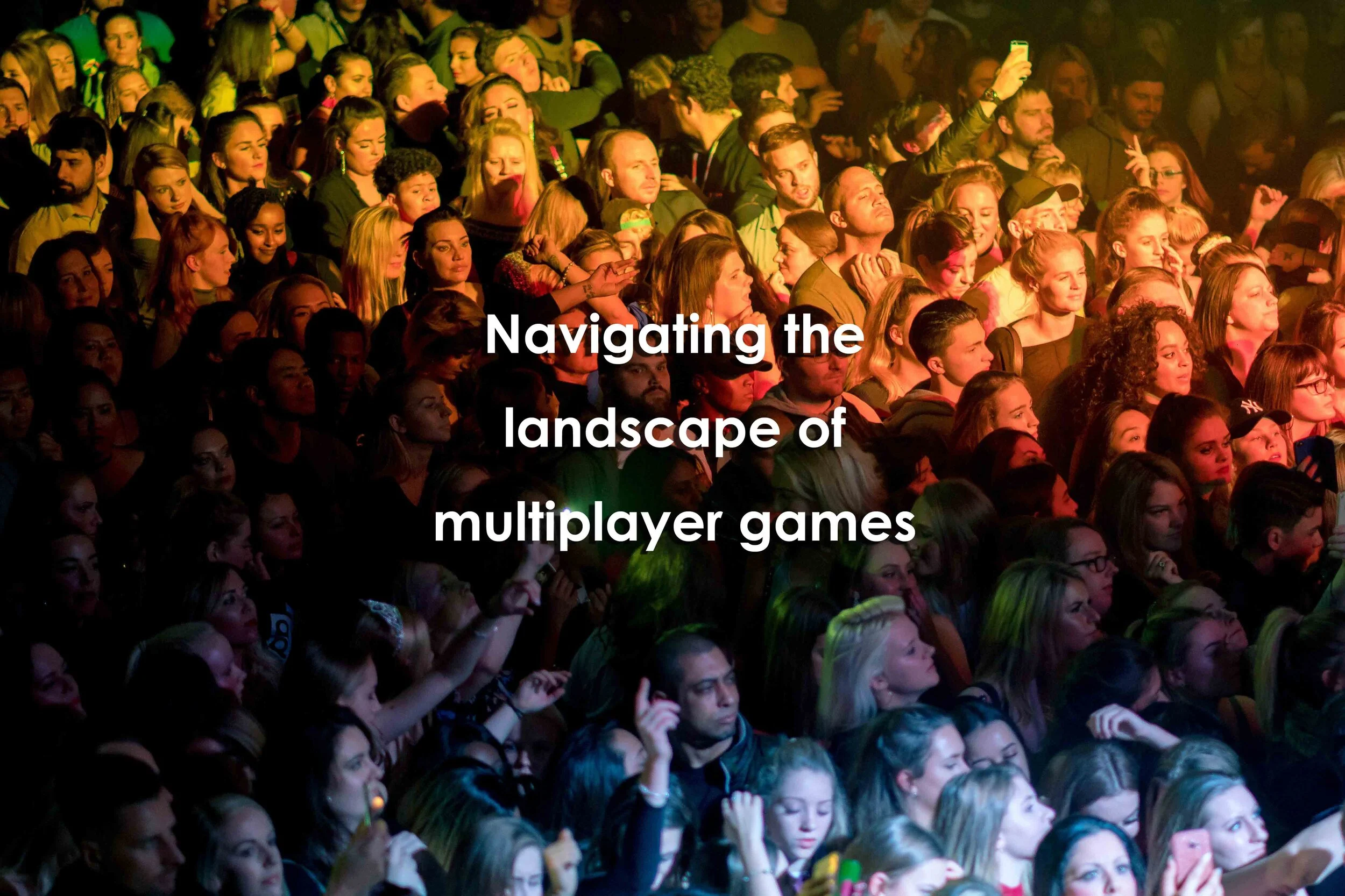Navigating the landscape of multiplayer games
Navigating the landscape of multiplayer games
Navigating the landscape of multiplayer games
Shayegan Omidshafiei, Karl Tuyls, Wojciech M. Czarnecki, Francisco C. Santos, Mark Rowland, Jerome Connor, Daniel Hennes, Paul Muller, Julien Pérolat, Bart De Vylder, Audrunas Gruslys & Rémi Munos
Abstract
"Multiplayer games have long been used as testbeds in artificial intelligence research, aptly referred to as the Drosophila of artificial intelligence. Traditionally, researchers have focused on using well-known games to build strong agents. This progress, however, can be better informed by characterizing games and their topological landscape. Tackling this latter question can facilitate understanding of agents and help determine what game an agent should target next as part of its training. Here, we show how network measures applied to response graphs of large-scale games enable the creation of a landscape of games, quantifying relationships between games of varying sizes and characteristics. We illustrate our findings in domains ranging from canonical games to complex empirical games capturing the performance of trained agents pitted against one another. Our results culminate in a demonstration leveraging this information to generate new and interesting games, including mixtures of empirical games synthesized from real world games."
Reference
Omidshafiei, S., Tuyls, K., Czarnecki, W. M., Santos, F. C., Rowland, M., Connor, J., ... & Munos, R. (2020). Navigating the landscape of multiplayer games. Nature communications, 11(1), 1-17. https://www.nature.com/articles/s41467-020-19244-4
Keywords
games, gaming, multiplayer games

